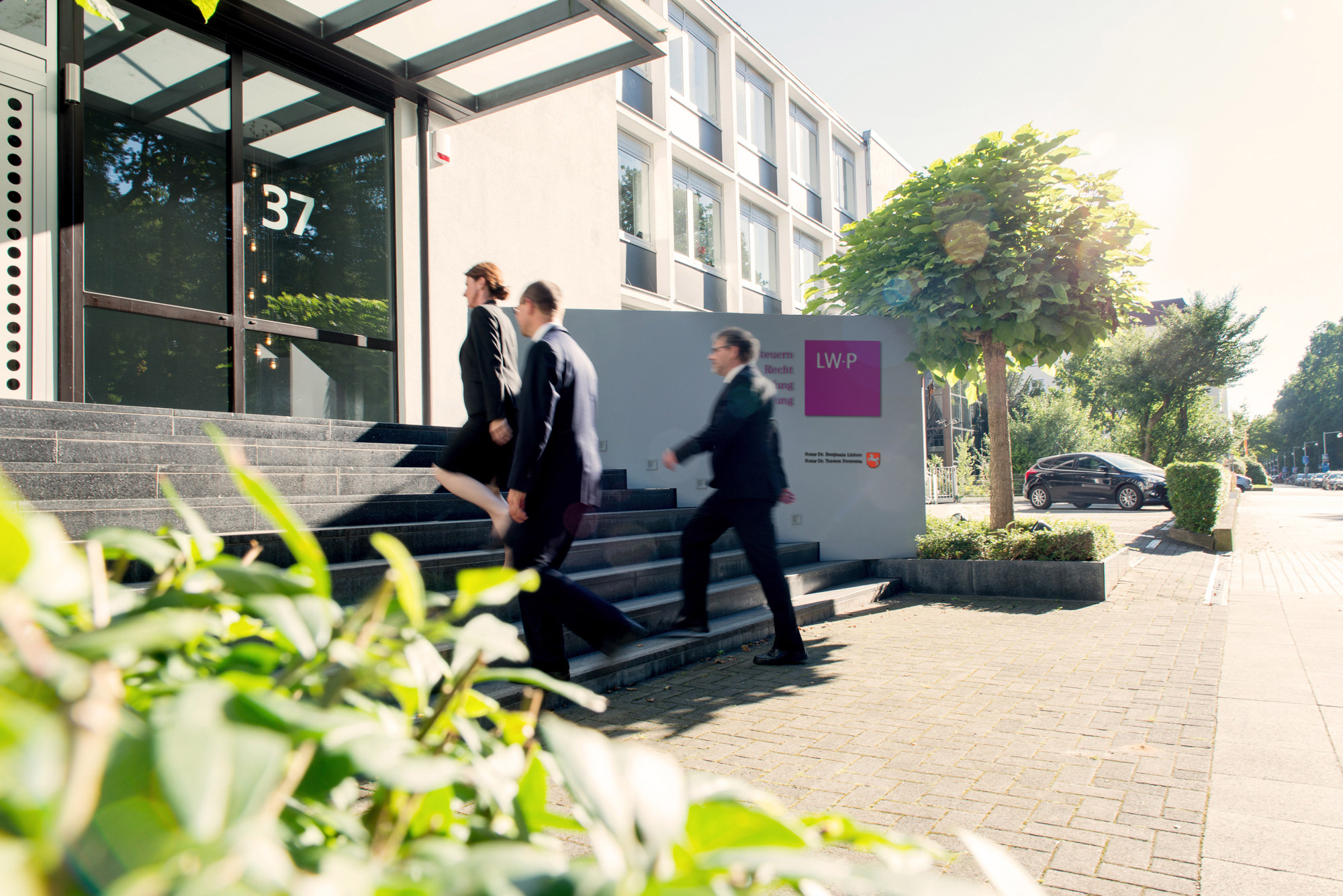Investment programme

Due to the ongoing economic crisis, the option of utilising the declining balance method of depreciation for movable fixed assets will be reintroduced from July 2025 until the end of 2027 as an “investment booster” to support the economy. The temporary limit is intended to incentivise swift investment decisions.
The percentage rate to be applied may not exceed three times the percentage rate applicable for straight-line depreciation and may not exceed 30 per cent.
From 1 January 2028, the corporation tax rate will be reduced from the current 15 percent by one percentage point per year to 10 percent from 2032. This means in detail:
- 2026, 2027: 15 per cent
- 2028: 14 per cent
- 2029: 13 per cent
- 2030: 12 per cent
- 2031: 11 per cent
- 2032: 10 per cent
For sole proprietors and co-entrepreneurs, the retention tax rate for undistributed profits will be reduced in three stages from the current 28.25 per cent to 27 per cent (FY 2028/2029), 26 per cent (FY 2030/2031) and 25 per cent (from FY 2032).
These measures are intended to maintain the aim of achieving tax neutrality between partnerships and corporations.
For companies, the purchase of a purely electrically powered vehicle is to become more attractive from a tax perspective. This means that 75 per cent of the acquisition costs can now be written off in the year of purchase. During the parliamentary deliberations, it was clarified that the regulation is not limited to new vehicles.
In the following year, 10 per cent can still be deducted, in the second and third subsequent year 5 per cent each, in the fourth subsequent year 3 per cent and in the fifth subsequent year 2 per cent.
The scheme covers purchases in the period from July 2025 to December 2027.
According to Section 6 (1) no. 4 sentence 2 no. 3 EStG (1 per cent rule), only a quarter of the assessment basis (gross list price) is to be recognised for the private use of a company motor vehicle that has no CO2 emissions (purely electric vehicles including fuel cell vehicles) and, according to Section 6 (1) no. 4 sentence 3 no. 3 EStG (logbook rule), only a quarter of the acquisition costs or comparable expenses.
However, this has so far only applied if the gross list price of the motor vehicle does not exceed 70,000 euros. This maximum amount will be raised to 100,000 euros for vehicles purchased after 30 June 2025.
This regulation applies accordingly to the transfer of a company motor vehicle to an employee (Section 8 (2) sentences 2, 3 and 5 EStG).
The maximum assessment basis in accordance with Section 3 (5) FZulG for eligible expenses incurred after 31 December 2025 will be increased from €10 million to €12 million. According to an amendment adopted by the Finance Committee in the Bundestag, the eligible value of expenses for a sole trader’s own work and expenses within the scope of the activity agreement for co-entrepreneurs will also be increased from €70 to €100 per proven working hour (with – as before – a maximum of 40 working hours per week).
The research allowance will also be extended to additional overheads and other operating costs if these eligible expenses were incurred as part of a research and development project that began after 31 December 2025.
The overheads and other operating costs are recognised exclusively in the form of a lump sum amounting to 20 percent of the eligible expenses incurred in the financial year in accordance with Section 3 (1), (2), (3), (3a) and (4) FZulG. It is not possible to recognise individual costs. The lump sum for overheads also includes the eligible expenses incurred in the context of contract research.
Your contact person
Contact form
SMEs.


Stay informed:
to our newsletter!
